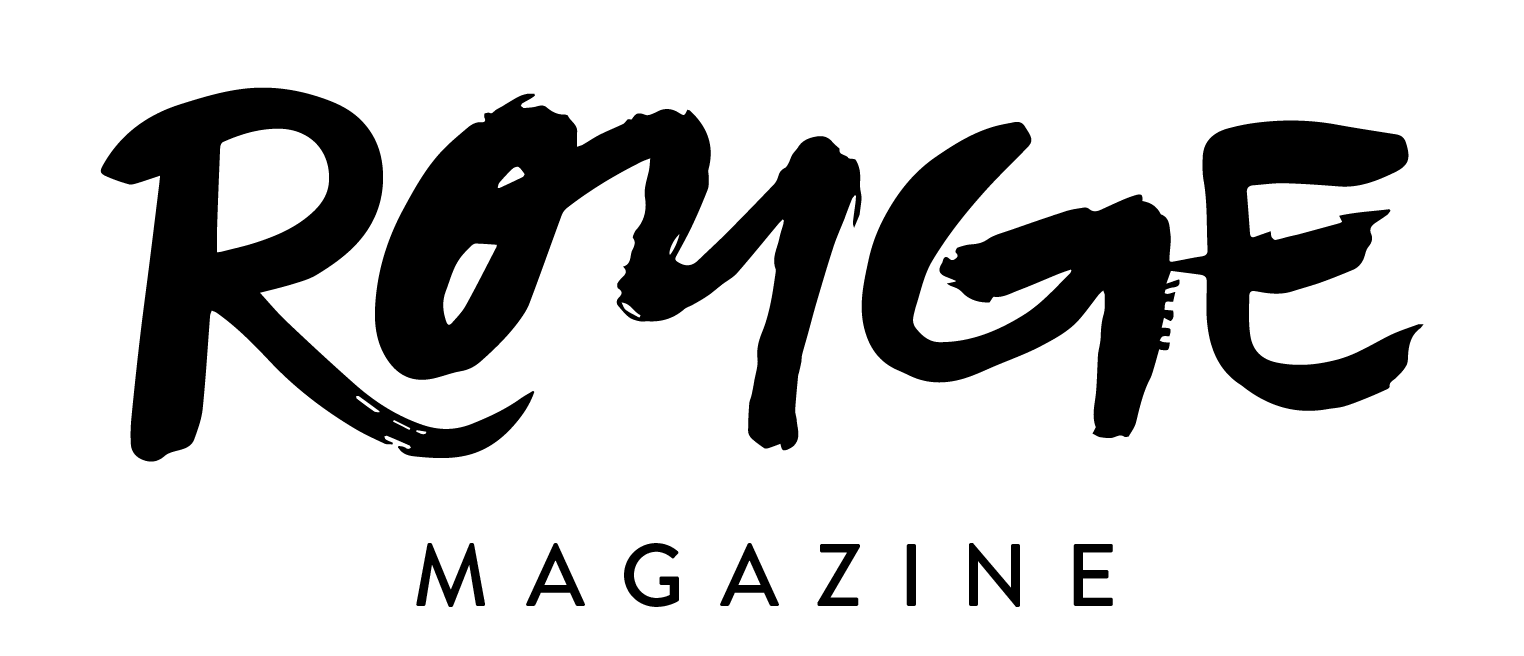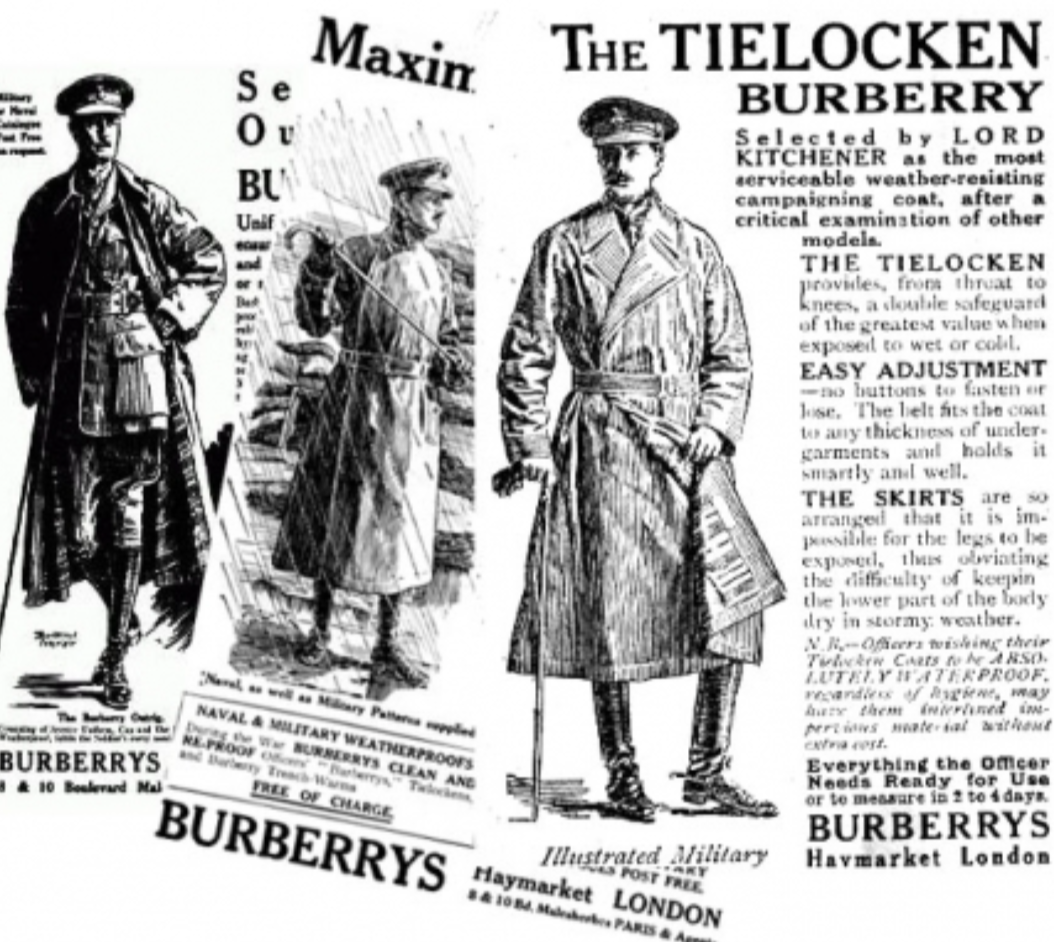A Brief History of Burberry
What comes to mind when you think of fall fashion? For many, neutral, earthy colors, transitional jackets, and staple patterns, like plaid, all come to mind. Luxury brand Burberry embodies this season very well, with its iconic check that has become dominant in the fashion world. As trench coats and scarves make their way to the center of our wardrobes this season, I think it is important to realize the story of this brand and how its famous plaid pattern is enmeshed with British political and social history, defining the 20th century in England.
It all started with Thomas Burberry, the founder of the brand, born in 1835. He acquired an apprenticeship at a young age in a local draper’s shop, where he got hands-on experience in textiles. In 1857, he opened his own clothing outfitter in town and began experimenting with weatherproof fabric, as he was primarily dressing the farmers and hunters of rural Surrey. In 1880, he was able to design a breathable, weatherproof and tear-proof fabric called Gabardine. As his company grew in size, Burberry’s outdoor products weathered a public storm (pun intended). They took on “celebrity” endorsements, like Dr. Fridtjof Nansen, a polar explorer who, in 1893, was the first to wear Burberry’s Gabardine on expedition, making the brand a well established name to the British media (and the penguins).
As England moved into the early 20th century, the world erupted in conflict, and Burberry used their patented textile technology to outfit the British military officials. The iconic Burberry trench coat was improved upon during the first world war, and in addition to the waterproof Gabardine fabric, the design included epaulettes to hold military equipment, like gloves and whistles, a gun flap to provide firearm protection, and D-rings to carry grenades. “The introduction of the trench coat is really significant - it’s a story of clothing becoming part of the technology of warfare.” Jane Tynan, author of “British Army Uniform and the First World War: Men in Khaki” said.
Burberry’s accent from outdoorsman to elite was pushed along by the Queen herself. She had a known love for nature, and was specifically fond of horsemanship, thus making her a serial wearer of the brand. In 1955, HM Queen Elizabeth II granted Burberry a royal warrant as a weatherproofer, which allowed them to display the Royal Arms in their branding, giving the name royal clout. In addition to royalty, the trench coat was made more popular as it began to make its way into Hollywood, being famously featured in the 1961 film, “Breakfast at Tiffany’s,” worn by Audrey Hepburn herself. It wasn’t until 1967 when the brand’s now trademark check was brought to popularity, the result of a happy accident involving the Paris store manager and a window display. The check became not only a fashion statement, but a status symbol. For the stuffy and snooty upper crust of the British elite, the style reinforced the traditional look of men in suits and women in pearls, emphasizing their preppy style. Through the ‘70s and ‘80s Burberry’s image became a classic take on class wealth, only being afforded by those with money to spare.
The early 2000s logo wave changed this, however. The rise of luxury brands as a way to represent your financial success dominated this fashion era. Acquiring clothing with luxury brand logos, real and fake, could give people a sense of swagger. The famous Kate Moss Burberry campaign in 2000 depicted the previously high-class brand being worn by an American star, something the British public associated with new money. As the elite abandoned Burberry, and the younger celebrity embraced it, the check could be found on everything from bikinis to appliances, further diluting the snobbish reputation. It became such an issue, that the check pattern was actually banned from bars, as it was closely associated with the Burberry lads — football enthusiasts who were known for rowdiness.
In recent years, the brand has found ways to strike a happy medium between its two extremes. In the Spring/Summer 2018 collection, Burberry teamed with Russian streetwear designer Rubchinskiy to create looks that leaned into the chav reputation while still keeping traditional air of poshness and suit-like silhouettes in place.
Burberry’s story is one of evolution, and it is a shining example of a brand that has navigated political strife and class identity.
Graphics by: Georgia Riccobene






